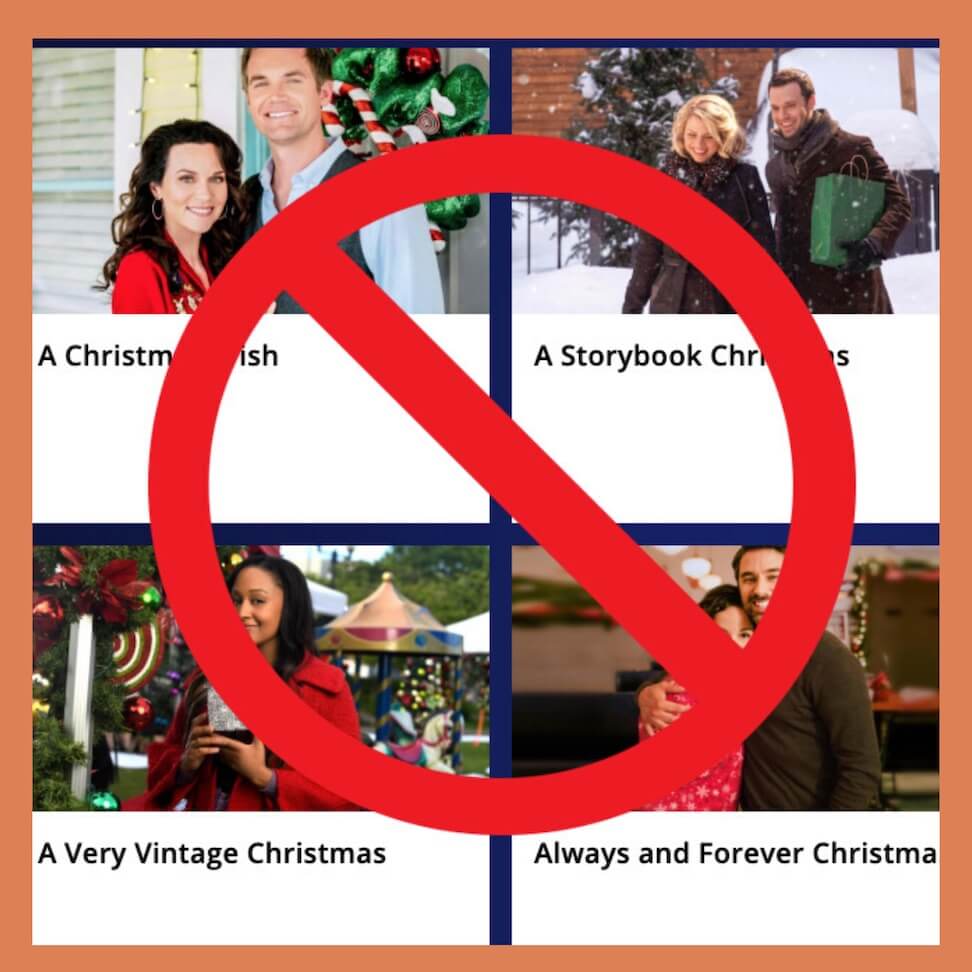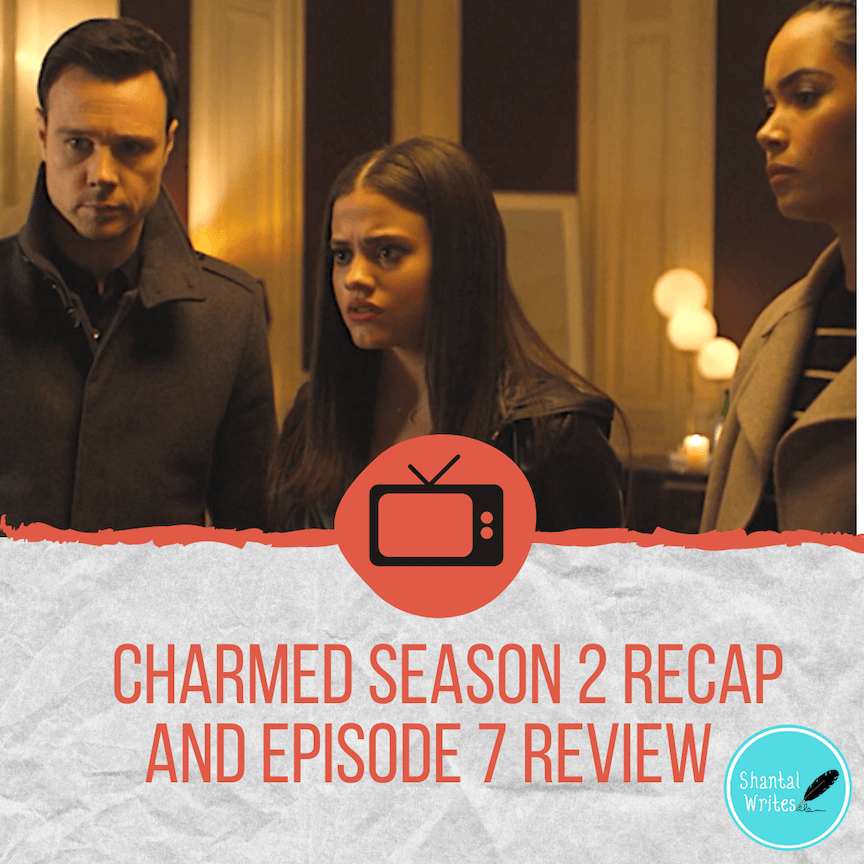“Klaus” (2019) is the latest holiday animated film to hit Netflix this year. I will admit that the first and only time I’d seen the trailer for this movie, I thought very little of it. I did like the animation style and thought maybe I’d check it out one of day…with no actual plans to do so. However, something told me to watch it recently and man, am I glad that I did.
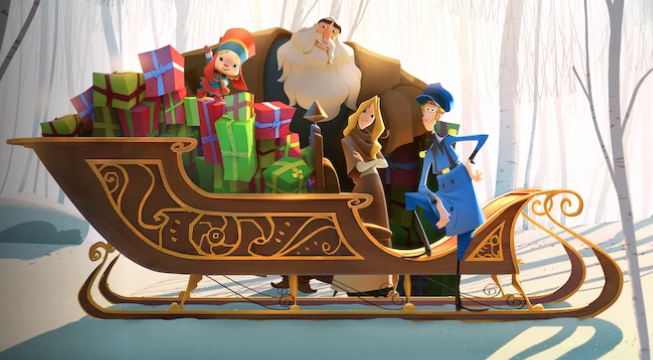
“Klaus” follows our protagonist, Jesper (Jason Schwartzman), a selfish, lazy, privileged young man who may very well be the worst postman in the postal academy. Fed up with his antics, his father, the headmaster, sends Jesper off to the isolated, cold and undesirable town of Smeerensburg where he must work as their postman and learn to support himself on his own. Smeerensburg’s cold decrepit exterior is a result of the town’s centuries old feud. Every day, residents engage in fights and trickery, keeping the town from joy, progress and most importantly any mail correspondence. Desperate to get out of this town and at his wits end, Jesper finds allies in the town’s reclusive carpenter Klaus (J.K. Simmons) and the disillusioned teacher Alva (Rashida Jones). Together, they deliver joy and new traditions to the town of Smeerensburg, helping to bring about peace.
Using a beautiful 2D animation style, “Klaus” manages to tell an emotional Christmas story that feels familiar yet new. Here’s what makes the storytelling in “Klaus” so beautiful.
Warning: Spoilers Ahead!
It’s A Fresh Take on Santa Claus
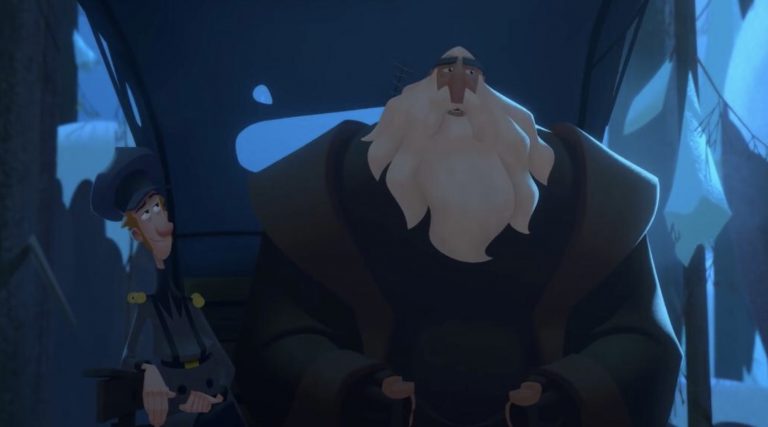
In a way, “Klaus” is like an origin story to the legend of Santa Claus. It takes what we know of the Christmas legend and gives it a realistic spin. Santa, as we know him, is this magical figure. He is often portrayed as a large jolly old man with a beard as white as snow who lives in the North Pole overseeing his toy-making elves as they all prepare to deliver gifts on Christmas eve. In “Klaus”, however, Santa is a real person. His name is Klaus and he lives alone in a forest in the Arctic north. Klaus isn’t happy or jolly at the beginning of this tale. He is a lonely, former toy-maker still dealing with a wound from his past. But Klaus is kind and selfless and truly loves children. It isn’t until he meets the postman, Jesper, that he comes out of reclusion and together begin to deliver toys to children across Smeerensburg.
What this movie does is take details from the original lore and gives them a realistic explanation. For instance we all know that Santa climbs down the chimney to deliver gifts. In Klaus, what really happens is that Jesper is forced to climb a chimney due to a house being guarded by a pair of scary dogs. He and Klaus then decide that this is the best delivery method and thus the “climbing down the chimney” part of the lore is formed. It’s details like these that they manage to give a realistic spin to, and it’s the children’s innocent imagination that creates the magical legend we know today.
Emotional Themes
One lesson I walked away from this film with was that kindness is contagious. An act of kindness will almost always cause another. This is especially poignant for Smeerensburg where conflict is a way of life. It’s this culture of conflict that is causing the town’s poor infrastructure, a lack education and sometimes death. When hate and violence spreads all it does is lead to death and destruction and no one wins in the end.
Klaus and Jesper’s small act of kindness in the first act, sets off a chain reaction throughout Smeerensburg. Characters like Alva begin to change. Jesper himself learns how to be selfless. The children begin to treat their neighbors kindly which causes their parents to do so as well. Kindness without ego has the power to transform.
There’s also smaller theme in this film: the importance of education. In the movie, the children learn that they can get toys if they write letters to Klaus and send it with the postman. However, some children were unable to send letters because they don’t know how to write. This shows just how a lack of access to education can also limit a person’s access to resources and their ability to communicate. “Klaus” presents this in a nuanced way, but the message is still there.
Well-written Characters
Each character in “Klaus” has their own dynamic personality and arcs that endear us to them and allow us to root for their success.
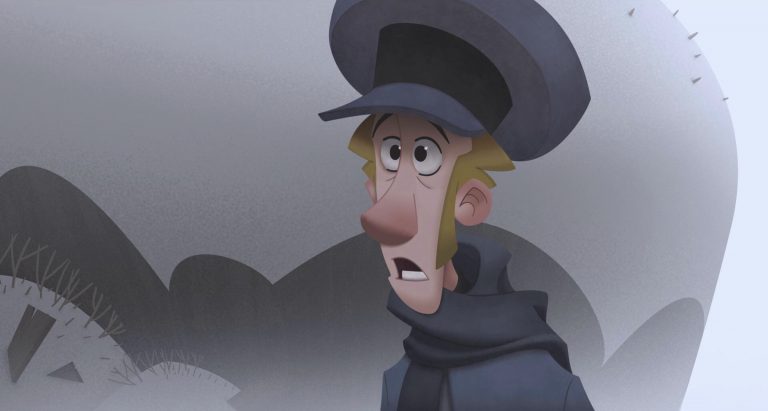
Jesper is our vehicle into this world, however, he does have his own character arc. He starts off being this self-absorbed and irresponsible postman. When he is sent to work in Smeerensburg, Jesper is forced to confront his selfishness. At first his goal is to get as much letters delivered in order to meet his goal and go back home, but when he recognizes the power of kindness, he decides to stay in Smeerensburg for good. Jesper is a fun protagonist because, despite his flaws, he’s ambitious, he doesn’t give up and deep down he means well.

For me, Alva has to be one of the most relatable characters in this film. We find her at the beginning of the film as this angry and disillusioned young woman working in a makeshift fish market in an abandoned school. We learn that Alva had dreams of teaching and she moved to Smeerensburg to do just that. However, realizing that no one sent their kids to school, she found herself with no work. So Alva finds herself having to take on another job in order to make ends meet so she can return home.
We can all relate to being disillusioned at some point in our lives. We can relate to the feeling of having our dreams broken and the sense of defeat that comes with having to settle. Alva does, however, find her love for teaching again when an opportunity arises for her to teach children how to write. Thus she decides to give Smeerensburg and herself another opportunity.
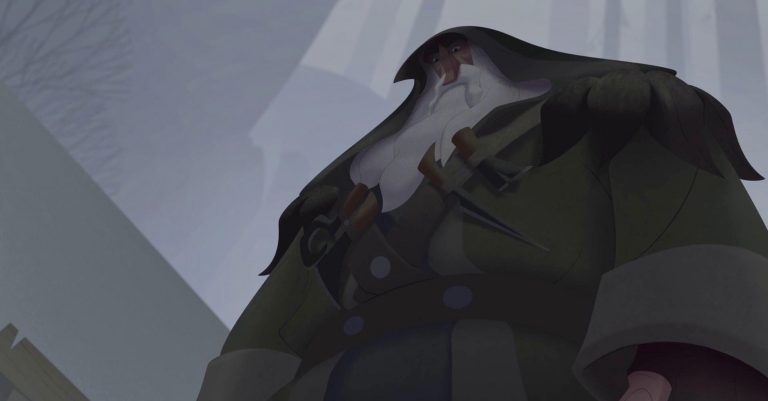
Then there’s Klaus; he has the deepest emotional arc in this film. At first Klaus comes across as cold and closed off. However, we learn that he is actually caring and generous. Through his backstory, we learn that Klaus was married and he and his wife were toy makers. They hoped to have several children, but were never able to get pregnant. Unfortunately, his wife went on to get sick and pass marking the end of Klaus’s toy-making and his connection to the outside world. When Jesper enters his life, Klaus finds another opportunity to share his creations with many children, even if they weren’t his own. When he has to confront his past and let go, he finds joy in making toys again.
The Unique Animation
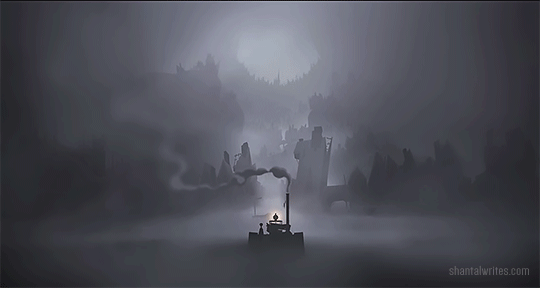
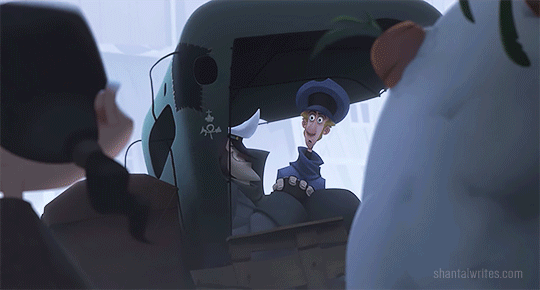
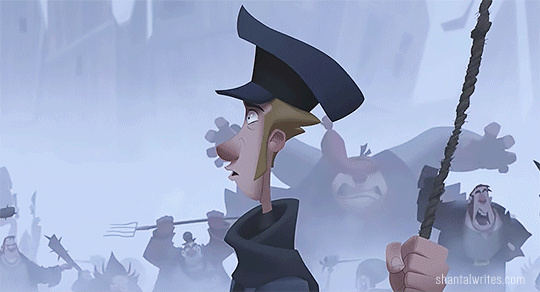
The 2D animation, with 3D detailing style of “Klaus” looks like a picture book come to life. The character designs and animations uniquely capture the characters personalities. I did notice at times that the animation reminded me of “A Goofy Movie” (1995). Low and behold, director Sergio Pablos was indeed an animator in the Disney film.
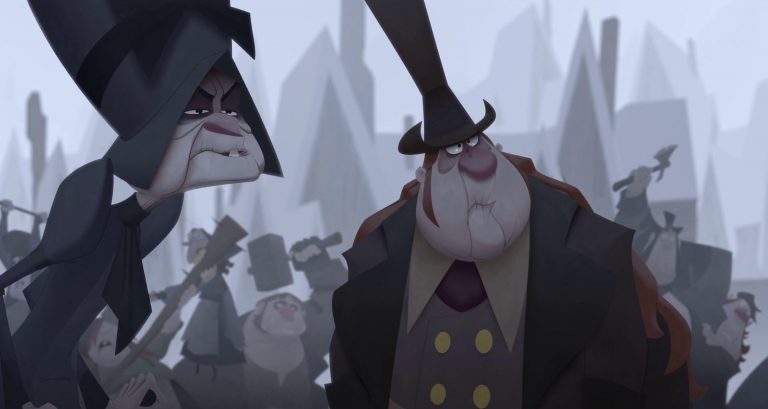
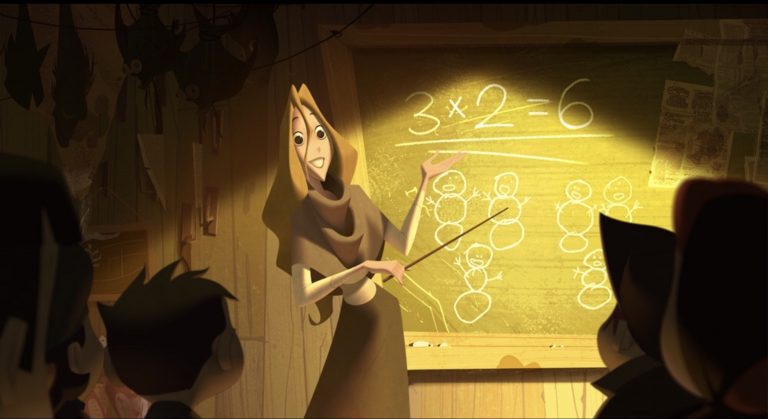
Image Source: IMDb
The design of Smeerensburg is also impressive. It looks dreary, dark and cold. It effectively gave you this eery scary vibe at introduction. And, as Smeerenseburg is transformed by Jesper, Klaus, and the Christmas spirit, the color palette changes from a cold tone to a warm one.
In Summary
The beautiful storytelling of Klaus is a result of relatable emotional themes, characters we empathize with and root for, and a story arc of positive change and transformation. To my fellow writers, if you haven’t seen “Klaus” yet, I recommend you do. It’s a good lesson on storytelling.
Have you seen Netflix’s Klaus? Tell what you thought about it in the comments below!

Hi! Shantal here. I’m a writer and a storyteller. I created Shantal Writes to share my experiences with writing fiction. I also provide new writers with tips, tools, and writing advice. I hope you find something helpful while you’re here!
More On Shantal Writes

